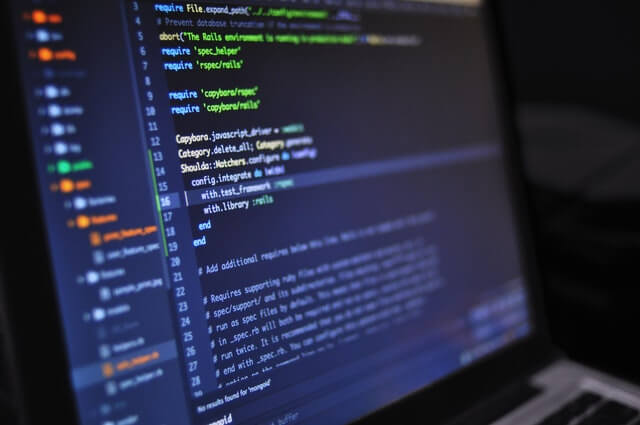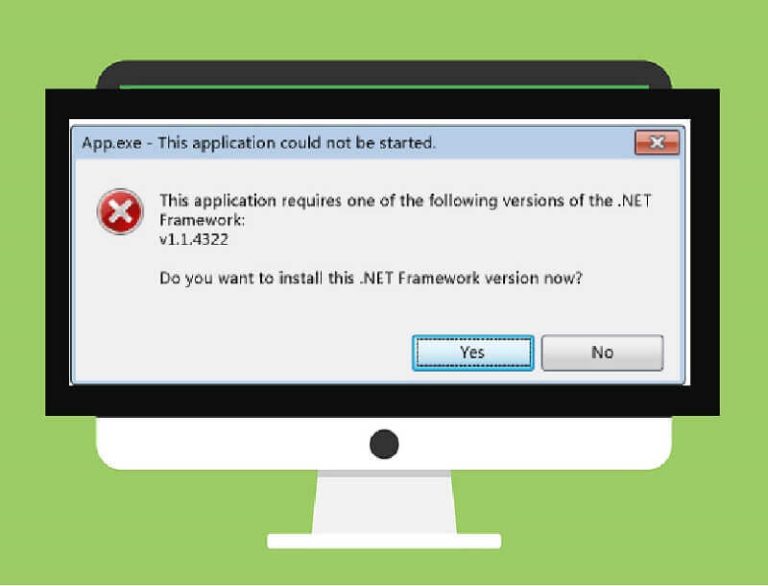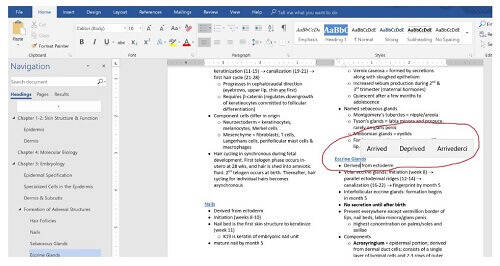Types Of Computer Malware And How To Prevent Them
You may have heard about computer viruses, but did you know there’s a whole world of digital troublemakers beyond just viruses? Buckle up for a crash course on computer malware and its mysterious ways.
Now, not every digital hiccup you hear about is a virus, even though people often use the term. It’s like calling every superhero “Batman” just because he’s the most famous one.
A computer virus is a specific type of malware, and there’s a whole family of these digital mischief-makers.
Computer malware has been around since the early days of computers, tracing its roots back to 1949.
It’s like the OG (Original Gangster) of digital trouble! Imagine security agencies as the guardians of the digital realm, and they recorded the first known malware sighting in the ’70s. That’s like discovering the first supervillain in the world of computers.
So, what exactly is a virus in the digital world? Think of it as a tiny program that can infect other programs, like a superhero turning villains into sidekicks.
It modifies them to include a sneaky evolved version of itself. It’s like a digital shape-shifter, spreading its influence wherever it goes.
But wait, there’s more to the story! There are different types of computer malware, each with its unique powers.
Some disguise themselves as friendly programs, while others sneak in through deceptive emails or websites. It’s like a game of hide and seek in the digital universe.
What’s The Difference Between Virus And Malware?
Viruses

A computer virus is a type of computer malware that can modify its host in a way that allows it to execute itself as soon as the host file is executed.
Today, it is not easy to find pure computer viruses anymore. Pure computer viruses today make up less than 10% of all computer malware.
However, they are the only type of computer malware that infects other files.
This also makes computer viruses one of the hardest to remove because they execute themselves from a legitimate file or program.
Even the best antivirus software out there sometimes has a hard time dealing with viruses.
Due to how hard they are to remove, most antiviruses will quarantine the affected file or delete the whole thing, which means that you will have to install the deleted program again.
Malware

Computer malware existed way before computer viruses were created.
Their existence can be traced back to the days of giant mainframe computers.
They were brought to the notice of people by emails in the 1990s and gave computer security workers a hard as they were fashioned message attachments.
Once a person opens a file containing a worm, the entire computer will get infected quickly.
One trait of a computer is its ability to self-replicate.
One of the well-known worms was the famously notorious ‘iloveyou’ worm that infected almost every email account worldwide and overloaded telephones with text messages.
It was even able to bring TV stations. Worms can spread without the computer having a hand in it, unlike computer viruses.
The SQL Slammer worm used a vulnerability in Microsoft SQL to cause buffer overflows on almost all unpatched SQ: servers connected to the internet.
It did in a record time below 10 minutes, and that record has still not been broken any other worm.
Types Of Computer Malware
Trojan
Computer hackers do not use worms anymore. Their choice of attack is now the Trojan that can parade as an actual computer program while having dangerous codes.
Trojans have existed even much longer than computer viruses. They are, however, much more malicious on current-generation computers than old ones.
For a computer Trojan to work, it has to be executed by the computer user before it can carry out its work or payload, as it is the term in computer-savvy circles.
They usually come onto a computer through emails after the user visits infected websites.
One of the most prevalent Trojans is the type that disguises itself as antivirus software.
This will then pop up on your screen while surfing online and claim that your computer has been infected by viruses that need to be cleaned as soon as possible.
Once the user falls for the trick and clicks on it, the Trojan then executes and takes over the computer. RAT (Remote Access Trojans) are a common type of Trojans that are widely used by cybercriminals.
This type of Trojan allows the creator to control your computer once it has been executed on the computer.
They are designed in such a way that it is difficult to detect them on your computer.
People who usually use these do not even program them themselves, as hundreds of these are sold on the black market. Trojans are also one of the hardest to fight.
Firewalls are sometimes not able to stop them, just like other normal computer defenses.
It is highly recommended that you never try to open any file that pops up to warn you of viruses while surfing the internet.
Hybrids And Exotic
Today, most of the computer malware around is a mixture of Trojans and Worms and sometimes with a virus thrown in the mix.
This malware will typically appear to the computer as a Trojan in disguise.
However, once the computer user executes it, it attacks the system with the other malware’s combination.
The majority of this malware is considered stealth programs. They usually try to temper with the computer’s operating system to enable them to take total control of the whole system to hide from antivirus software that tries to fish them out.
The way to remove This type of malware is to remove the control component.
There are also Bots, which are essentially a Trojan and Worms combined to attempt to add their victims to a more extensive malicious network.
Fileless
This kind of malware does not have to use files or programs to spread.
They usually spread using the system memory, such as the registry keys, APIs, and scheduled tasks.
They make up over 50% of all malware that exists today.
Fileless malware attacks its victim by taking over an existing program and then launches itself as a sub-process.
They are nearly impossible to detect, and even if you notice them, they are harder to stop.
Having good knowledge about Fileless malware is very important for almost everyone, especially if you are thinking of pursuing a career in the computing industry.
Adware
Adware is normally made to expose the computer user to malicious advertising.
It may redirect your browser’s search to different web pages that may look like you are searching for.
The web pages may contain things that are different from what you are searching for as well.
Malvertising
In this case, legitimate ads or their networks are used to deliver malware to unsuspecting people.
A cybercriminal will pay for space on a legitimate website to place an advertisement. When a user clicks the ad placed by the cybercriminal, the ad will take them to a malicious site or download and install malware onto the person’s computer.
This malware can sometimes even executive itself without the user doing anything to trigger it.
Spyware
This is mostly used by people who may want to spy on your computer. You can use it to copy the password of victims’ computers to enable them to access it to take confidential material from the computer.
However, spyware usually is easier to remove from your computer, together with adware. They are not as dangerous as the other types of malware mentioned in this article.
How To Remove Malware From Your Computer
Detecting and removing malware from a computer can be a tricky thing to do.
You will not tell if the malware has tempered with the computer system in a way that makes it impossible to know if you have detected the malware.
It takes someone who is very well trained in malware removal, and the general computer work to be able to take care of such a task.
When fighting malware, you may have to back up your data and clean your hard drive before reinstalling the programs again.
Conclusion
Now that we’ve uncovered the secrets of different kinds of malware and how they sneak into our digital playground, let’s talk about the superhero moves you can make to stay safe.
Imagine the internet as a vast ocean of information and entertainment, but lurking in the depths are sneaky creatures called malware. To keep your digital ship sailing smoothly, it’s crucial to be a cautious sailor when surfing the net.
Picture yourself as the captain of your digital vessel, steering through the vast online seas. Here are some superhero tips to keep those malicious malware sea monsters at bay:
- Stay Alert: Keep your digital radar on high alert. Be cautious of suspicious emails, links, or websites. If something seems fishy, it probably is!
- Powerful Shields: Equip your computer with powerful shields known as antivirus software. These digital superheroes can detect and neutralize malware threats, just like a force field protecting your castle.
- Smart Surfing: Navigate the digital waves wisely. Avoid clicking on random links or downloading unknown software. It’s like choosing safe paths in a virtual treasure hunt.
- Regular Check-ups: Just like superheroes visit their headquarters for check-ups, run regular scans on your computer. This ensures that any lurking malware is discovered and defeated before it can cause mischief.
- Backup Plan: Imagine creating a duplicate of your favorite superhero gadgets. Similarly, regularly back up your important files. In case a malware monster tries to snatch them away, you’ll have a backup to save the day.
So, fellow digital adventurers, as you embark on your online quests, remember these tips to navigate the vast internet ocean safely.
Be a vigilant explorer, use your digital shields, and keep those malware monsters at bay. May your online adventures be thrilling and secure.
Talking about computers, you can also check out our article on the types of computer printers.







